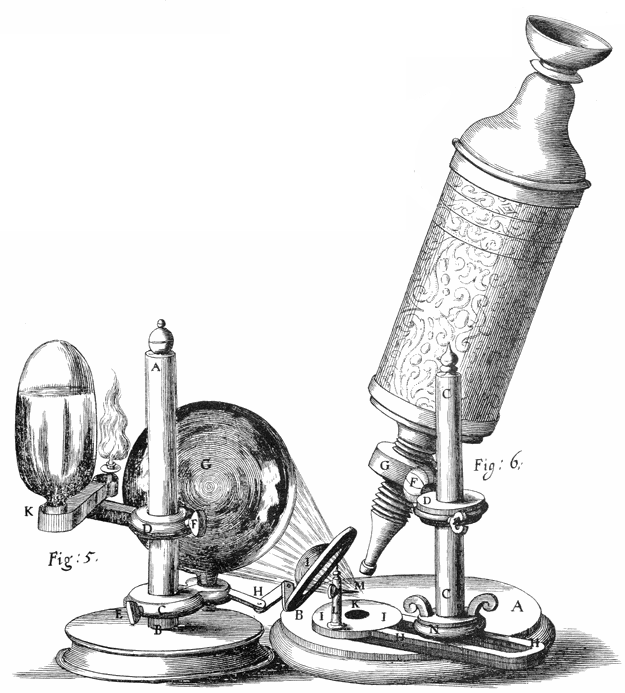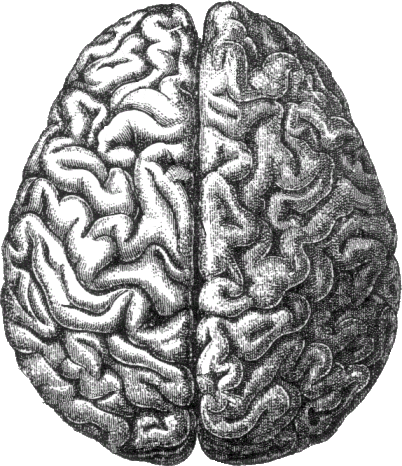-
Introduction Lesson 4.1 - Characteristics of Cells
Welcome back!
M ost cells are so small that people didn’t even know they existed for a very long time. It wasn’t until the mid-1600s with the invention of the microscope that humans were finally able to peer into the tiny hidden world of the cell. But like many great scientific discoveries, finding the cell was a complete accident! In 1665 a British man by the name of Robert Hooke built a microscope to look at small objects. One day Hooke was observing the bark of a cork tree and noticed that the wood was made up of small boxes or “little rooms.” He called these little rooms “cells” and the name stuck ever since. Less than 10 years later, a Dutch merchant named Anton van Leeuwenhoek discovered bacteria and yeast – again completely by accident. Because of their curiosity of the very small, these two men unknowingly pioneered an entirely new field of science that we now call Cell Biology.
I n this lesson you will learn about the discovery of the cell, some of the parts found in all cells, and the difference between the two main types of cells.
C onsider the following questions while you are working through the lesson:Why is the cell considered a characteristic of life? Describe the contributions made to science by Robert Hooke and Anton van Leeuwenhoek. Explain how the surface-to-volume ratio of a cell affects its size. How is the cell membrane like a locked gate? Explain the analogy of a cell being like a bag of soup? Why is the nucleus considered the control center of the cell? What are the differences and similarities between prokaryotes and eukaryotes. 
-
Big Idea? Summary Instructions for Lesson 4.1
N ow that you've completed your notes for this lesson, it's time to carefully review them. To receive credit, your summary must reach a minimum word count, and must include all of the required vocabulary terms listed below.Use your notes and the Guiding Questions in the lesson Introduction to help you.
Required Vocabulary Terms:
cell, cell membrane, organelle, nucleus, prokaryotic, eukaryotic
Minimum Length:
50
-
Activities Research & Labs
Instructions: Go to the CELLS alive! website and complete one of the puzzles. Show Mr. Guidi when you've completed the puzzle to earn a token.
Instructions: Go to your Google Drive and look in the SCIENCE folder for the "CELLS alive! - Bacterial Cell Worksheet" file and open it. Then click on the link below to learn the parts of a bacterial cell. Show Mr. Guidi when you've completed the worksheet to earn a token.
Video Activities
Instructions: Watch the BrainPOP video below and then take the "Classic Quiz." Pass the quiz with a 70% or better and show Mr. Guidi to earn a token. 
